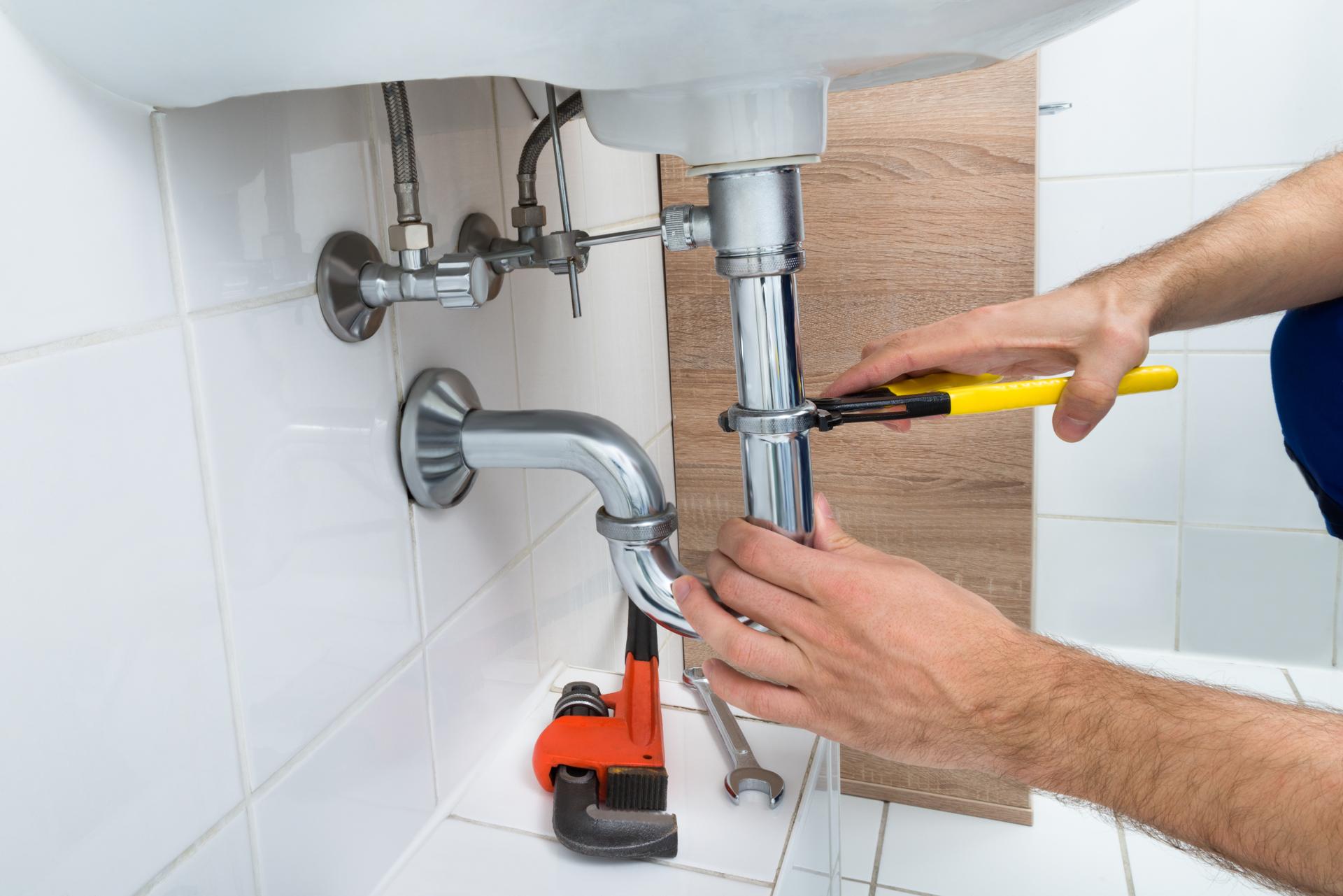Everything You Need to Know About Replacing Your Plumbing: What to Expect and When

Plumbing is an integral part of every home, providing us with clean water for drinking, cooking, and for cleaning, as well in the process of disposing of waste. However, like any other home appliance plumbing is likely to get old and need to be replaced.
Understanding when it’s time to upgrade your plumbing vital to prevent costly repairs and avoid potential health hazards. This article will go over the indicators that show that your plumbing is in need of being replaced, what you should consider before replacing your plumbing, the process of replacing your plumbing and the advantages of replacing your plumbing, and a section on FAQs to address any concerns you may have.
There are signs that it’s time to upgrade your plumbing
There are several common signs that indicate the plumbing in your home needs to be repaired, such as leaks: If you notice water spots or puddles in your house, it’s a sign of a plumbing leak. Leaks can cause serious damage to your home’s structure and lead to mold growth, so it’s essential to address them promptly. Rust: Rusty pipes are a clear indication that your plumbing is in need of be replaced. Rust can cause a contamination to your water supply, making it unsafe to consume or cook with. In the event of low water pressure, if your showerheads and faucets produce low flow of water, it’s a sign of low pressure in the water that can be caused by corroded pipes or blockages. Water discoloration: Water that is discolored like brown or yellow, is an indication of sediment or rust in your pipes. This could affect the flavor and quality of your water and may suggest the need for plumbing replacement.
Factors to Take into Account Before Replacing Plumbing
Before you replace your plumbing there are several things to think about, including: Age of the plumbing: Plumbing systems are designed to last approximately 50 years, so if your home is older than that, it’s likely time for a replacement. Cost of replacement The replacement of your plumbing may be expensive, so it’s essential to budget for the cost. In the event of a plumbing problem that is severe If the plumbing issues are serious and affect multiple parts of your house replacing it could be the best option.
What to Expect During the Plumbing Replacement Process
The replacement of plumbing requires several steps, including closing off the water supply: Your plumber will have to shut off the water supply to your home to prevent water damage or leaks. Removal of old pipes Old pipes need to be removed. This could require cutting through walls or floors. Installing new pipes New pipes will be installed, and may require rerouting to ensure proper water flow. The length of time for the plumbing replacement process will depend on the dimensions of your house as well as the complexity of the project. The homeowners can anticipate some disruption during the project, which could include water shut-offs as well as destruction to floors and walls.
Benefits of Replacing Plumbing
Replacing your plumbing can provide a variety of advantages, such as: Increased water efficiency new plumbing fittings and pipes can be more effective, reducing the use of water and your energy bills. Better water quality: Replacing the old pipes that are corroded with new ones will improve the quality of your water, making it safer for drinking and cooking. Lower risk of plumbing issues: New plumbing will be less likely to create obstructions or leaks, which reduces the requirement for costly repairs in the future.
Conclusion
Replacing your plumbing is an expensive purchase, but it’s vital to ensure the safety of your home and peace of mind. When you are aware of the signs that indicate your plumbing needs replacement, weighing the elements that influence replacement and knowing what you can anticipate during the replacement process, you’ll be able to make an informed choice about the plumbing of your home. Be aware that replacing your plumbing will provide many advantages, including improved efficiency in water use, improved water quality and less the chance of having plumbing problems in the future.
FAQ Section
What is the cost to replace the plumbing?
The cost of replacing your plumbing will depend on a variety of factors, including how big your home, the complexity of the task, as well as the material used. On average, homeowners will need to pay between $5,000 to $10,000 for a complete plumbing replacement.
How long will it take to replace plumbing?
The length of time needed for plumbing repair will depend in the area of the home and the difficulty of the job. A typical whole-house plumbing repair can take anywhere from two and four weeks.
Do I need to change my plumbing if there’s an issue with my plumbing?
If you’re experiencing a single leak in your plumbing, it may not be a need for a complete replacement. If you’re experiencing multiple leaks , or observe other indications of plumbing issues, replacement might be the best solution.
Can I replace my plumbing myself?
Replacing your plumbing can be a difficult task that should be delegated to the expertise of a qualified plumber. Doing it by yourself can lead to costly mistakes and potential security risks.
What kind of pipes will I need for my plumbing replacement?
There are many types of pipes available for plumbing replacement, including copper, PVC and PEX. Your plumber can suggest the most appropriate kind of pipe based on your needs and budget. The conclusion is that the replacement of your plumbing system is an important decision to make with care. By understanding the signs that indicate your plumbing needs replacement, weighing the various factors that can affect replacement, and knowing what to expect during the replacement process, you’ll be able to make an informed decision regarding the plumbing of your home. A skilled plumber can to guide you throughout the entire process and ensure an efficient and successful plumbing replacement.
